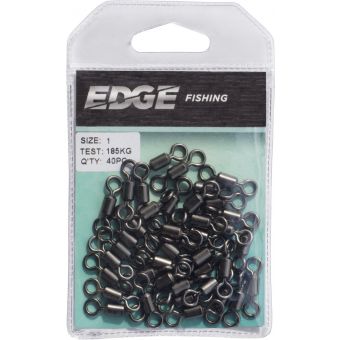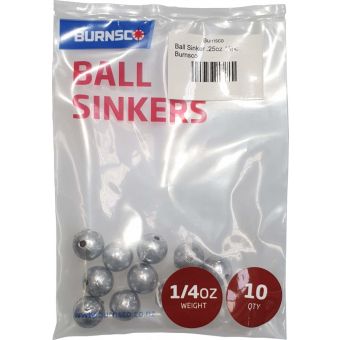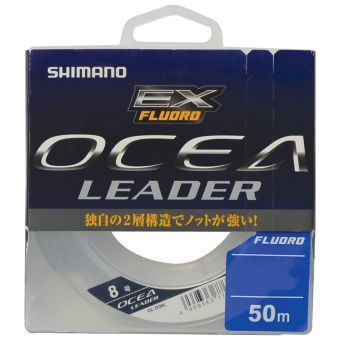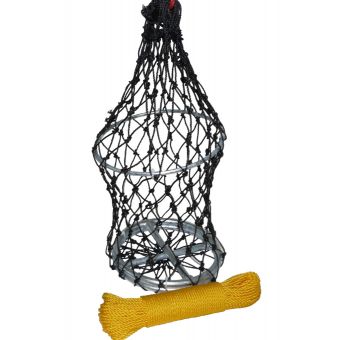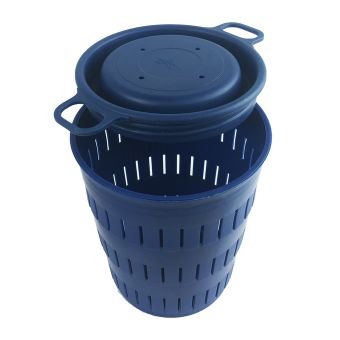Winter is a great time to go straylining for snapper. Straylining is a simple way to present your bait to a fish in the most natural way possible. It’s easy to do, extremely exciting and following the below guide you’ll have lots of fun and hopefully get more bites. Follow these easy tips and techniques and give it a go hopefully get your new personal best snapper this winter.
STRAYLINING FOR SNAPPER?
GET YOUR GEAR READY!
ROD & REEL COMBO
The Shimano 12000 OC Combo is a proven strayline combo featuring the famous baitrunner system. They are sole, reliable and can handle the big snapper!
This Rod & Reel Combo has a sturdy build and simple operation making it the perfect tool for seeking snapper and beyond. The OC features advances like a replaceable spool clicker, varispeed oscillation for perfect line lay and propulsion line management for greater distance while casting.
RIG
Your straylining rig will generally consist of 1 or 2 hooks at one end, either beak style or recurve style (we recommend 6/0 or larger), tie them on to your trace line with a snell knot or longline knot (Youtube is your friend if you are unsure about these), a ball or egg sinker of your choice (this will slide from your hooks to swivel and will vary depending on your depth or the current), and a swivel - this is your connection between the trace line and your main line - a uni knot or clinch knot is recommended here. Tie your strayline rig using quality components as per the diagram. We recommend using Edge 80lb Monofilament Trace.


BAIT
Squid, pilchards and mackerel make great straylining baits. See the supplied picture to see how to rig your bait. Burnsco stores have great bait and berley supplies 7 days a week.
TECHNIQUE
1: Set a berley trail. Snapper hang around reef structure so anchor around 30m upwind and up current from the reef structure so your berley trail will drift back onto the reef.
Tip: Use a berley bomb and lower the berley cage to the desired depth so the berley drifts back onto the reef structure.
2: Cast your bait down the berley trail, away from the boat. Let it sink for a couple of seconds before flipping your bailarm and engaging the baitrunner function, let the bait sink the rest of the way naturally. Snapper will take the bait on this fall. Allow approximately 5 seconds before disengaging the baitrunner and striking.
Tip: Pull the baitrunner lever back to allow the bait to run free, allowing the snapper to pick up the bait with no resistance.


3: Once hooked and you have wound the fish to the boat, secure you catch boatside with a “fish friendly” silicone landing net. The silicone netting is softer and doesn’t damage the fishes scales or body in case you wish to release it or it is undersize.
Tip: Walk backwards and have someone net your fish for you and always net your fish head first!
4: An iki spike is the quickest humane way of dispatching your catch. Once this has been done, place your fish into a slurry of saltwater and salt ice to keep your catch in pristine condition and ready for eating.
5: A sharp top quality fillet knife transforms your catch into mouth watering fillets quickly and easily with little or no waste.
Tip: Utilise the frames and heads by smoking them or using them to make fish stock for the base of seafood chowders and risottos.


Do you have any questions?
Please, contact our friendly team on 0800 10 20 41 or email: website@burnsco.co.nz
We provide general information on products, not personal advice.
Always seek the help of a relevant tradesperson if you have a technical query.





